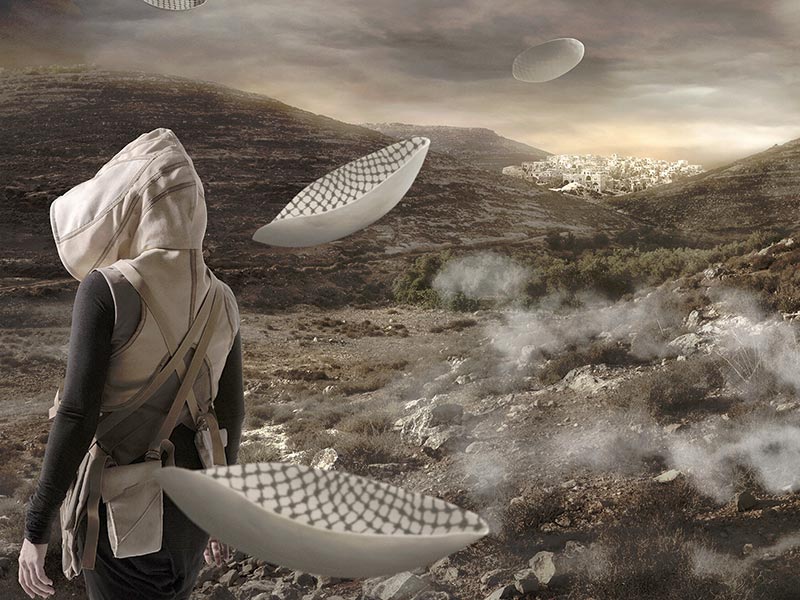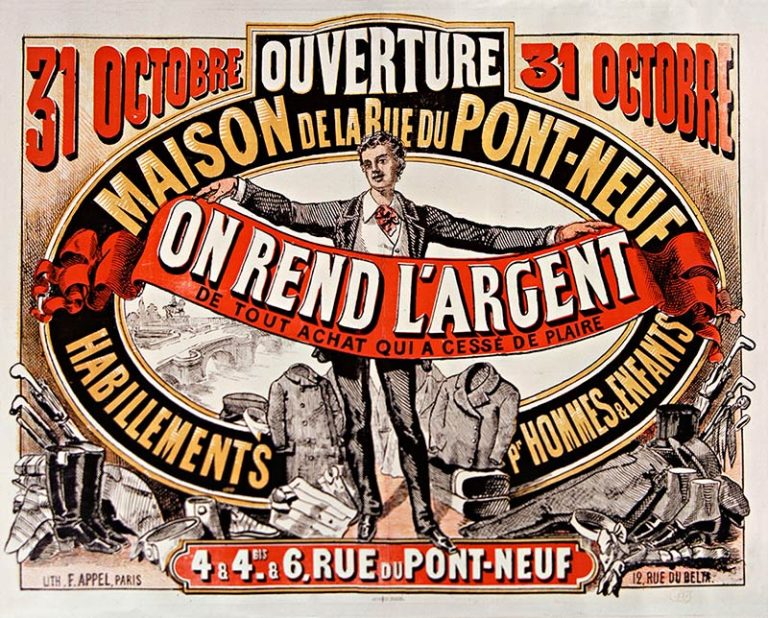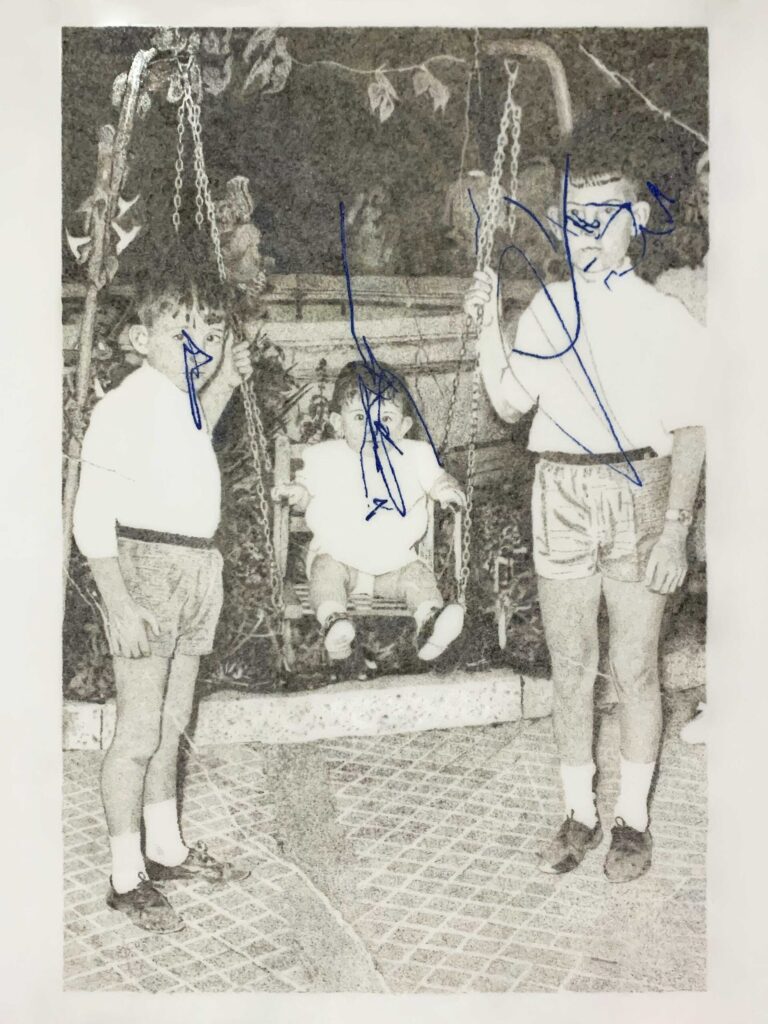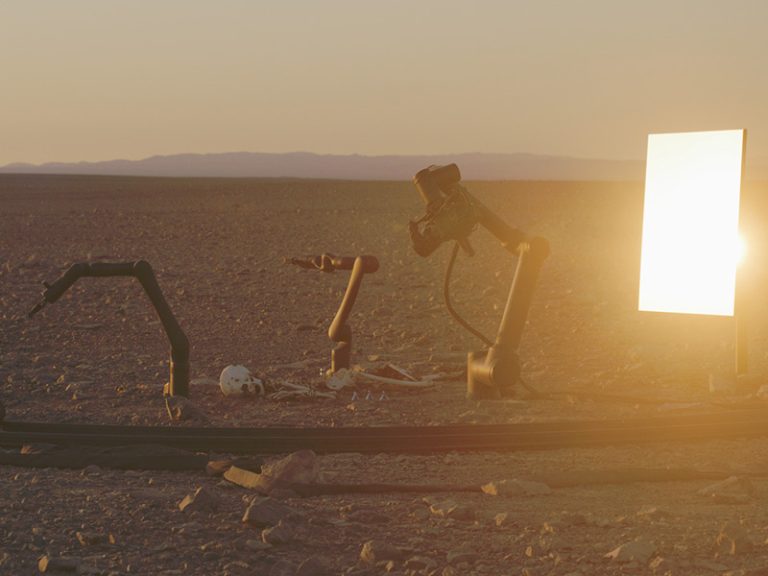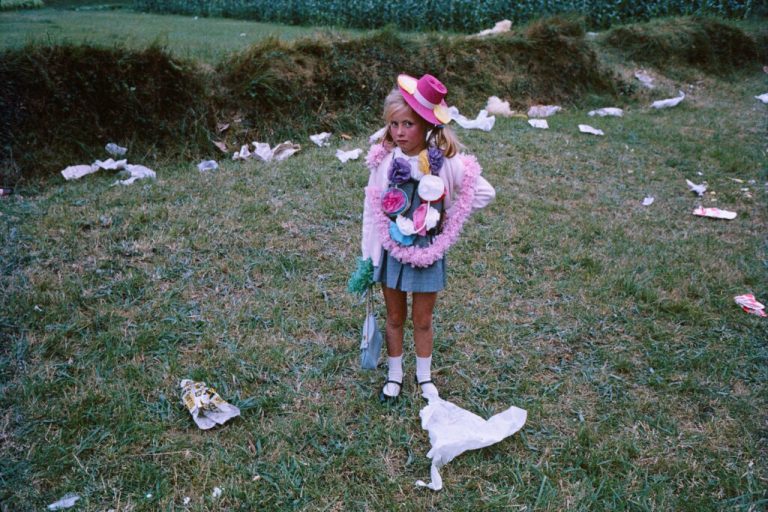Paris. Apart from a few specialists, Arab futurism is almost unknown in Europe, unlike Afro-futurism which is experiencing renewed interest (the term “futurism” here has no link with Italian futurism of the 1910s-1920s ). The curators of the “Arabofuturs” exhibition, presented at the Arab World Institute (IMA) and bringing together 18 artists, intend to give a place in the history of contemporary art to this movement which is not one. Indeed, “it is not a question of exposing a structured artistic movement, but of common reflections and narrative territories”, explain Élodie Bouffard and Nawel Dehina. There is no established Arab futurist movement, but a galaxy of artists interested in technological or ecological issues and their impact on humanity. The exhibition therefore does not seek to “establish connections”specifies Élodie Bouffard, especially since several artists work solo: neither artistic school nor intellectual collective, Arab futurism as it is presented here is more akin to a trend in constant evolution.
Scary shopping malls
The beginning of the journey, however, attempts to trace an origin and goes back to “Gulf Futurism”, which appeared around 2010 in the work of Sophia Al-Maria and Fatima Al-Qadiri in Qatar. [voir ill.]. This futurism is characterized by a disillusioned reflection on the galloping urban planning of the Persian Gulf countries, and on the role of art in an ultra-technological future. A drone video by Sophia Al-Maria explores the corridors of the immaculate shopping centers omnipresent in Qatar and the Emirates, creating a distressing atmosphere where humans seem constrained in their movements. A series of photographs of the two artists in these same shopping centers reinforces the feeling of isolation. Presented as a counterpoint, Zahrah Al-Ghamdi works on Saudi craft materials (leather, clay, plant pigments) to create fantasized architectures such as “embodied memories” according to the artist: its structures inspired by the habitat of desert areas evoke movie sets (Star Wars Or Dune). This first stage of futurism does not really inspire the other artists exhibited, even if, according to Élodie Bouffard, “they know Gulf Futurism”. It is likely that this futurism was perceived as too local by Moroccan, Algerian or diaspora artists: however the exhibition does not really shed any light on this point.
The journey does not always allow us to grasp what is specifically “Arab” in these futurisms, even if certain works address sociological and aesthetic questions specific to the Arab world and its diasporas. This is the case of Sara Sadik's video on the “Zetla Zone”, an imaginary zone on the fringes of an abandoned French suburb: computer-generated images offer a technical presentation of this zone with its reconstructed infrastructures, an oasis and its palm trees and a clean ecosystem. Sadik works on what she calls “beurcore”, or the subcultures of the suburbs populated by children of North African immigration. Likewise, Mounir Ayache's video game on the travels of Leo Africanus (16th century) comes close to what Arab science fiction could be. The artist, former resident of the Villa Medici, offers a journey into the future inspired by the autobiography of Hassan Al-Wazzan who became “Leon the African” after his conversion to Christianity: the player can progress in different places (desert, spaceships) with obvious Arab-Islamic aesthetics. Mounir Ayache explains having drawn on “Arab facade decorations, equestrian art and zellijes (mosaic decorations)” to build the visual identity of the game. The interiors of the ships and the hero's accessories feature geometric patterns and calligraphy that the visitor identifies as Arabic. Mounir Ayache, who works with French partners, says he wants to break away from “fairly pessimistic Anglo-Saxon science fiction” and demonstrate that the Arab world can produce video games under its own identity.
A visionary work
The exhibition also includes a major work by Larissa Sansour, the medium-length film In the future, they are from the finest porcelain [voir ill.], which proves to be of acute relevance in view of the situation in the Middle East. The Palestinian artist imagines a post-technological future where Palestinian women bury porcelain with a keffiyeh motif (a traditional Middle Eastern male headdress that has become a symbol of the Palestinian struggle). The characters justify this absurd action by explaining that, when these porcelains are discovered, they will prove that the Palestinians lived legitimately in this place… The dialogues echo the question of territory, assimilating archeology to ” a battlefield “ and affirming that “the myth creates identification” to a land. This 2016 video therefore takes on a visionary dimension. It dialogues with the more classic installation of Aïcha Snoussi on “fictional archaeologies”, in the words of Élodie Bouffard, a fake calligraphic scroll and animal bones: it is the interpretation of the Arab past and its place in a future story that are explored here.
The tour concludes with less striking works although endowed with a certain sensitivity, such as the beautiful organic ceramics of Souraya Haddad Credoz, which evoke mutant mushrooms in vibrant colors. The curators wanted to include all media in the exhibition and not limit themselves “to screens and 3D images”. This last part actually presents drawings, paintings, ceramics and molded leather sculptures; but, from hybrid creatures (Tarek Lakhrissi) to plant growths (Zahrah Al-Ghamdi), this universe has more to do with globalized pop culture (ecological anxiety, genetic manipulation) than Arab futurism. The exhibition is designed to encourage continued research in France on the futurisms of the Arab world: despite shortcomings, the challenge is largely met, especially since a catalog allows us to usefully deepen reflection on the subject.

